Next in our blog series on the new UNESCO World Heritage Sites added to the conservation list during the 43rd session of the World Heritage Committee in July 2019, we focus on the natural and cultural landmarks singled out in Asia for their Outstanding Universal Value to humanity. Why not take a trip to one of these locations on your next vacation?
Hyrcanian Forests, Iran
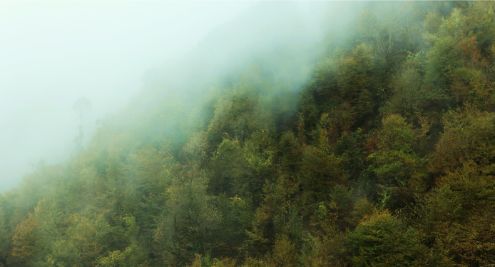
Image Credit: Ninara
Stretching 850 km along the southern coast of the Caspian Sea, these ancient forests cover 7% of the country and date back 25-50 million years. They are home to 180 species of birds and 58 species of mammals, including the Persian Leopard, bear, wild goat and red deer.
These forests - named after the ancient region of Hyrcania - cover a vast area to the north of the capital Tehran and touch 15 regions including the Golestan National Park, Abr Forest, and the Jahan-Nama Forest, to name but a few. Eco-tourism is popular in the country and the diverse natural attractions mean that Iran can meet any nature-lovers’ appetite.
Babylon, Iraq
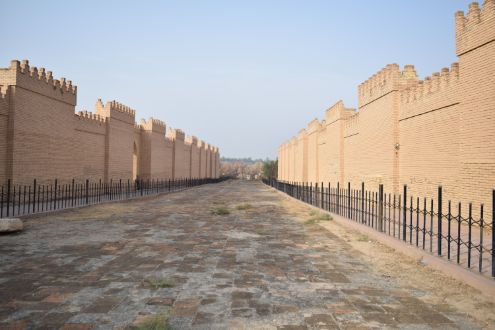
Image Credit: Mohammad Ali Huzam
The ruins of the city of Babylon can be found 85 km south of Baghdad; the city used to be the capital of the Neo-Babylonian Empire and is associated with one of the Seven Wonders of the Ancient World, the Hanging Gardens. The remains of the city - its walls, gates, palaces, and temples - are testimony to one of the most influential empires of its time. The site has been reopened to tourists since May 2009.
Dilmun Burial Mounds, Bahrain
The Dilmun Burial Mounds in Bahrain were built between 2050 and 1750 BCE, and there are numerous sites which hold anywhere from a few dozen to several thousand mounds. There are also 17 royal mounds, which were constructed as two-storeyed towers. These date from a time when Bahrain was a trade hub and the prosperity gained from this enabled the population to develop this elaborate burial tradition.
Bahrain has two other UNESCO sites to visit on your holiday; the Ancient Harbour and Capital of Dilmun, showcasing continuous human occupation for over 4500 years, and the pearling site in Muharraq City with three offshore oyster beds and the Qal’at Bu Mahir fortress. The pearling site forms the last remaining complete example of the cultural tradition of pearling and the wealth it generated through trade in the Gulf economy from the 2nd century to the 1930s.
Archeological Ruins of Liangzhu City, China
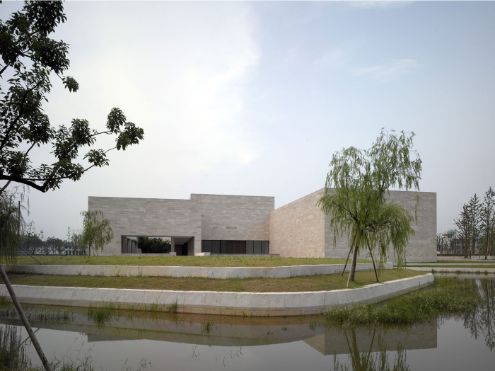
Image Credit: 準建築人手札網站 Forgemind
The archeological ruins of Liangzhu, dating from 3300-2300 BCE, can be found in the Yangtze River Basin in the south-eastern coast of China. The city reveals a state with a unified belief system based on rice cultivation, and is a fantastic example of early urban civilisation, thanks to its monuments, urban planning, water conservation system, and social hierarchy in its burial structures.
Liangzhu is said to have been the largest city of its time, but suddenly disappeared from the Taihu Lake area about 4200 years ago when it reached its peak; research has shown that the development of human settlements was interrupted several times by rising waters. Visitors to the region can learn more at the Liangzhu Culture Museum in Hangzhou, which houses a collection of archeological findings from the Liangzhu period.
Jaipur City, Rajasthan, India
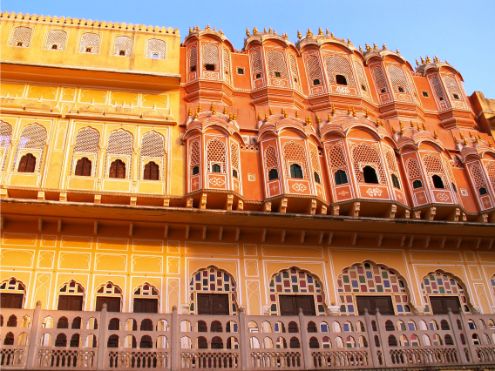
Image Credit: Pedro
The fortified city of Jaipur in the north west of India was founded in 1727 and built according to a grid plan, with colonnaded streets intersecting the centre and large public squares. The markets, residences, and temples along main streets have uniform facades, and the urban planning of the city takes its ideas from ancient Hindu, modern Mughal, and Western cultures.
Jaipur is the capital and largest city in the state of Rajasthan, and is known as the Pink CIty due to its dominant colour scheme. It’s a popular tourist destination and forms part of the Golden Triangle circuit with Delhi and Agra. Jaipur itself contains another two UNESCO World Heritage Sites - Amer Fort and Jantar Mantar observatory.
Hawa Mahal (“Palace of Winds”) is a must see in Jaipur, with its red and pink sandstone honeycomb brickwork and 953 small windows over five floors, along with the Jal Mahal (“Water Palace”), which sits in the middle of the Man Sagar Lake.
Seowon, Korean Neo-Confucian Academies, Republic of Korea
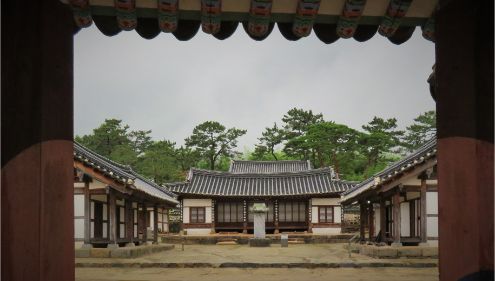
Image Credit: Kyle Magnuson
The seowon in central and southern parts of the Republic of Korea represent a type of academy from the 15-19th centuries CE. These were common places of learning, designed to interact with the environment; situated near mountains and water sources, the pavilion-style buildings promoted the appreciation of nature and cultivation of mind and body. They were private establishments and combined the purposes of a preparatory school with those of a Confucian shrine, and students were schooled for the national civil service examinations. Nine of these beautiful seowon, set in some of the nicest grounds and gardens, have been added to the UNESCO list.
Title Image Credit: Kirithiga Ramalingam (Image Cropped)